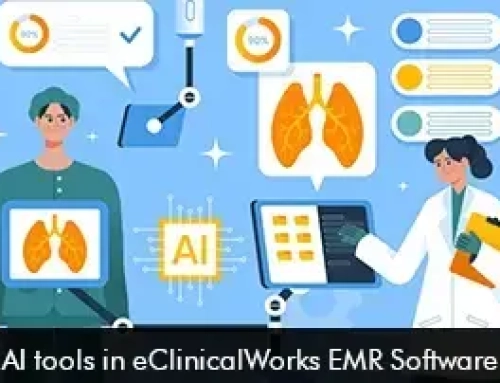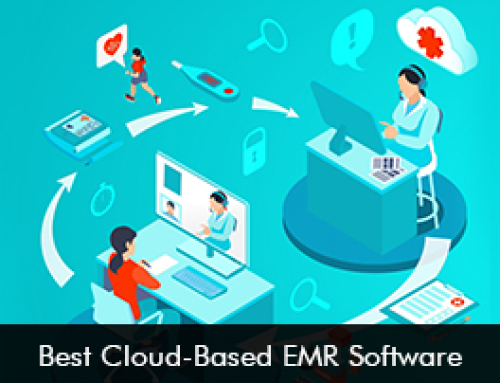EHRs have evolved over the years. A decade ago, almost nine out of ten healthcare providers in the U.S. were managing patient’s health records by hand. The feat was difficult and they had to keep color-coded files to make sure that everything made sense. Thankfully, the HITECH Act of 2009 was there to help US clinicians with their patient records and its rapid adoption effectively changed the landscape of medical record keeping. Today, EHRs are being used by nearly 87% of office–based clinicians and almost 96% of hospitals.
Observing the steady and continual increase in the adoption of EHR, these Health IT solutions are quickly becoming an integral part of medical practices. The usability and interoperability offered by the EHRs along with the regulatory compliances and meaningful use (MU) are further impacting the evolution of EHRs. So here are three trends that will be changing the EHRs this year.
Mobility
Cloud–based systems offer mobility to healthcare providers. They can easily login to their EHR systems from anywhere through the internet. With the technological advancement in portable devices such as tablets and cell phones, accessing medical records and scheduling appointments is expected to become further easier for everyone. Cloud technology also makes the software implementation processes efficient for medical facilities. Such EHR’s are easily updated and practices can also get new plugins and analytics tools online. Also, clinicians don’t need to buy expensive IT equipment to keep everything in check. They can log in through any laptop of PC and get their work done.
Also, the mobile-friendly nature of new EHR is providing providers, nurses and healthcare workers constant accessibility to patient’s records from their mobile devices.
Enhanced Patient Access
The advancement in technology in the healthcare industry is also impacting patient experience, but thankfully, it’s a positive impact. The patient experience is effectively going digital in the country and now patients don’t have to drive all the way to a provider’s clinic to fill up a medical form or call for an hour to book an appointment. The patient portals are allowing people to request medication renewals, schedule appointments online. Medical consumers can also easily access their health records through EHRs. Digital tools such as wearables and mobile apps are allowing people to manage their health even more properly.
If patient portals are made with easy user interface it will be easier for more people to use them and schedule appointments online. The information offered on these portals should also be very easy read and understand for everyone.
Security Concerns
Hackers will always be there to make people pay extra to keep their online data secure. This is probably why the cybercrime industry never rests and is always attacking the healthcare systems. Per the latest trends, EHRs are steadily becoming a primary target for hackers. The biggest motivation behind this is identity theft as personal information, financial information and banking records are also contained in EHR systems. Further on in the year, we may see people implementing stronger cybersecurity systems to protect the medical information of their patients better.
If you are a healthcare practice looking for a quality EHR but unsure where to begin from, here is a list of quality EHR software for you.








